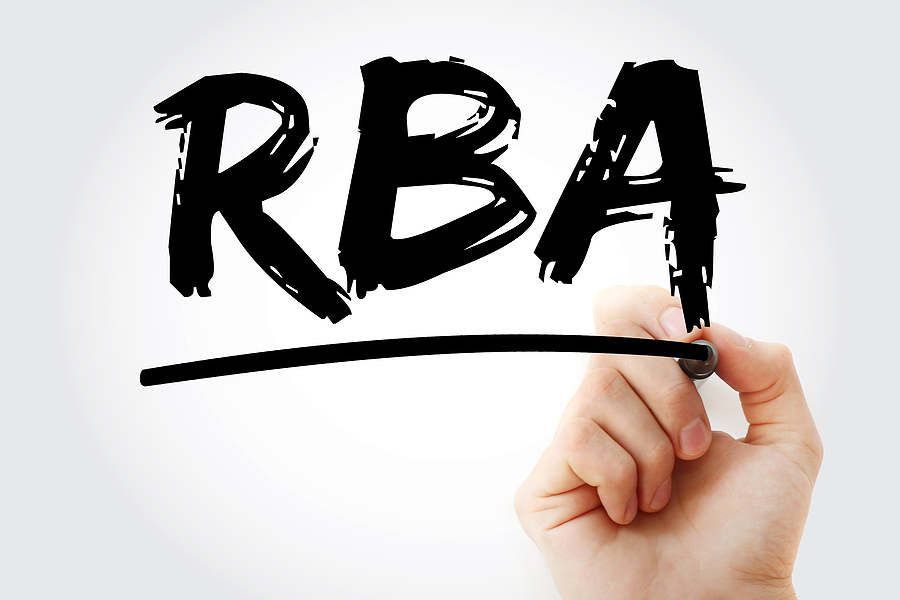With less than six weeks to go before the next Reserve Bank of Australia decision on interest rates, borrowers are about to get more signals on what it might do next.
The central bank has left the key cash rate unchanged at 4.35 per cent following its last three board meetings, as it continues to assess the inflation outlook.
Following the last meeting on March 19, the board noted that inflation – the key driver of its rates decisions – continues to moderate.
The consumer price index currently sits around four per cent, well down from a peak of almost eight per cent in the final quarter of 2022.
However, the board also noted inflation remains “high” against its preferred target range of two to three per cent and still has some way to fall.
“The board remains resolute in its determination to return inflation to target,” it said.
But, at the same time, it discarded language suggesting another interest rate hike was possible although it did say it wasn’t “ruling anything in or out”.
On Tuesday, the minutes of that meeting will be released and scanned for more context about its March decision and what other options it discussed.
Financial market economists will be looking to confirm the interpretation driven by the board statement that the central bank is taking a less hawkish stance on rates.
As well, senior bank officials have been lined up to give two major speeches, starting with Financial Markets Assistant Governor Christopher Kent, who will speak on ‘The Future System for Monetary Policy Implementation’ on Tuesday.
On Thursday, Financial System Assistant Governor Brad Jones will address the Council of Small Business Organisations’ National Small Business Summit in Melbourne.
A majority of financial market economists anticipate rates will remain on hold for most of this year, ahead of a possible cut in late 2024 or early 2025.
CommSec economists Ryan Felsman and Craig James said the board minutes would likely “reinforce Governor Michele Bullock’s neutral stance on the interest rate outlook”.
Currently, the central bank doesn’t expect inflation to be back around the 2.5 per cent level until mid-2026.
Other economic highlights in this shortened post-Easter week include the release of CoreLogic’s March update on housing prices on Tuesday.
Home values rose in February by 0.6 per cent, compared to 0.4 per cent in January, reflecting improving confidence in the market.
The Australian Bureau of Statistics will on Thursday publish February data for building approvals, which will indicate activity in the nation’s construction market, as well as household spending and international trade numbers.
Meanwhile, the Australian stock market is expected to open flat on Tuesday, after the Easter long weekend.
On Thursday, ahead of the Good Friday public holiday, Wall Street ended narrowly higher after fresh economic data showed the US economy was growing faster than expected.
The Dow Jones Industrial Average rose 47.29 points, or 0.12 per cent, to 39,807.37, the S&P 500 gained 5.86 points, or 0.11 per cent, to 5,254.35 and the Nasdaq Composite lost 20.06 points, or 0.12 per cent, to 16,379.46.
Then on Friday US Federal Reserve Chair Jerome Powell signalled in a speech that the central bank’s next move on interest rates could still be down, after new inflation data suggested price pressures continue to moderate.
In weekend trading, the main Australian share price index futures contract ended unchanged at 7951 points, pointing to a flat start to the trading week – although traders could take heart from the latest US rates outlook.
On Thursday in Australia, the S&P/ASX200 rose 77.3 points, or one per cent, to 7,896.9, breaking its previous record close of 7,847 set on March 8.
The broader All Ordinaries finished up 80.1 points, or 1.0 per cent, to 8,153.7.
Poppy Johnston
(Australian Associated Press)





